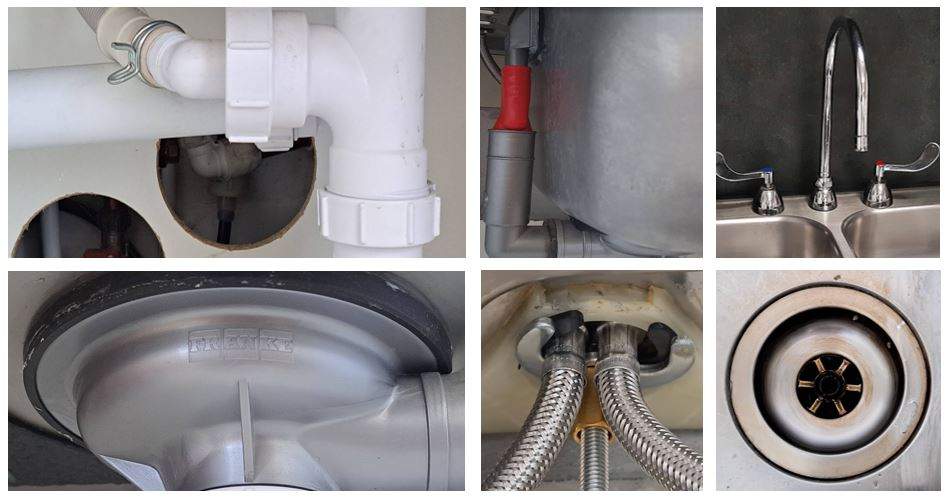
Preventing and Repairing Bathroom Sink Leaks Below

Troubleshooting: Bathroom Sink Leaking Underneath
Identifying the Problem
You wake up one morning, head to the bathroom to start your day, only to find a puddle of water underneath your bathroom sink. Panic sets in as you realize you have a leak to deal with. But before you can fix it, you need to identify the source of the problem. Leaks underneath bathroom sinks can occur for various reasons, such as loose connections, damaged pipes, or worn-out seals.
Locating the Leak
The first step in fixing a bathroom sink leak underneath is to locate where exactly the leak is coming from. Check the pipes and connections under the sink for any visible signs of water dripping or pooling. Use a flashlight if necessary to get a better view. Pay close attention to the areas where the pipes connect to the sink and the wall, as these are common spots for leaks to occur.
Assessing the Damage
Once you’ve identified the source of the leak, assess the extent of the damage. Is it a minor drip, or is water gushing out rapidly? Is the leak confined to one area, or has it spread to other parts of the cabinet? Understanding the severity of the leak will help you determine the best course of action for repairs.
Gathering the Necessary Tools
Before you can start fixing the leak, make sure you have all the necessary tools and materials on hand. This may include a wrench, plumber’s tape, replacement pipes or connectors, and a bucket or towels to catch any excess water. Having everything you need ready will save you time and frustration during the repair process.
Turning Off the Water Supply
Before you can begin repairing the leak, you’ll need to shut off the water supply to the sink. Locate the shut-off valves underneath the sink or in the main water line and turn them clockwise to close them. Once the water supply is turned off, run the faucet to drain any remaining water from the pipes.
Tightening Connections
One of the most common causes of leaks underneath bathroom sinks is loose connections. Use a wrench to tighten any loose nuts or bolts connecting the pipes to the sink or the wall. Be careful not to overtighten, as this could cause damage to the pipes or fittings.
Replacing Damaged Parts
If tightening the connections doesn’t solve the problem, you may need to replace damaged parts such as cracked pipes or worn-out seals. Disconnect the affected pipes carefully, taking note of their position and orientation. Install the new parts, making sure to use plumber’s tape or sealant to prevent future leaks.
Testing the Repair
Once you’ve completed the repairs, it’s time to test whether the leak has been fixed. Turn the water supply back on and run the faucet to check for any signs of leaking. Inspect the connections and pipes closely for any drips or puddles. If everything looks dry, congratulations – you’ve successfully fixed the leak underneath your bathroom sink!
Preventing






